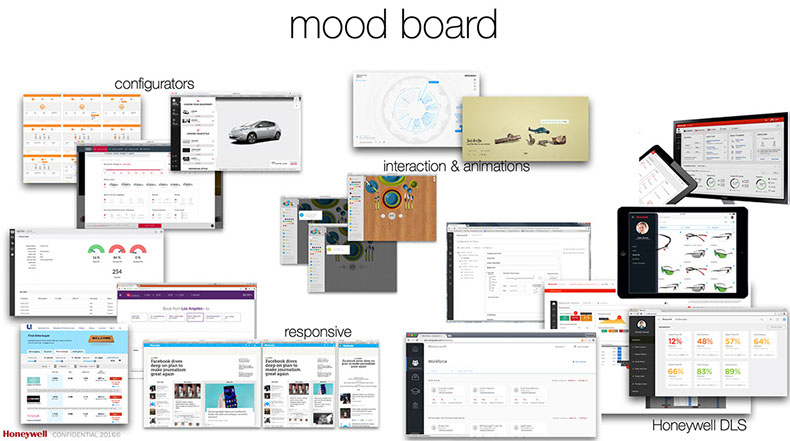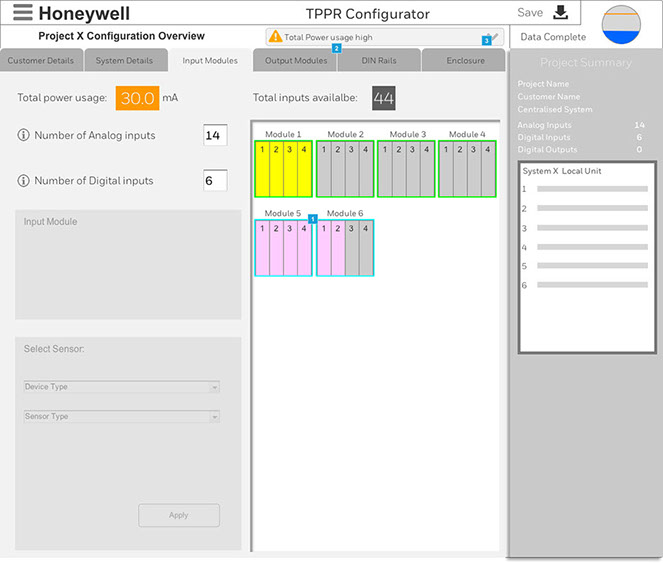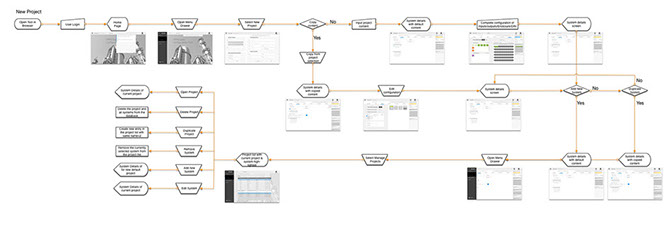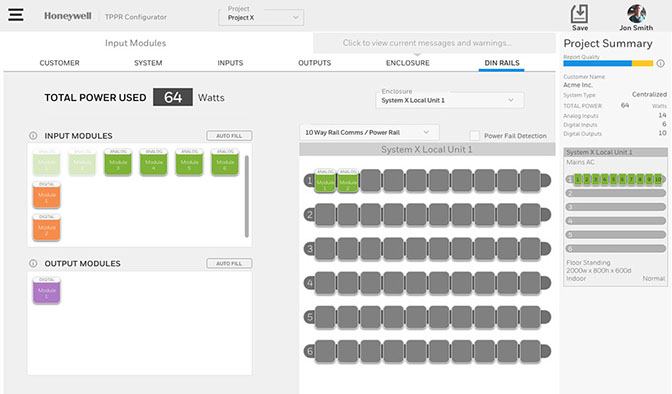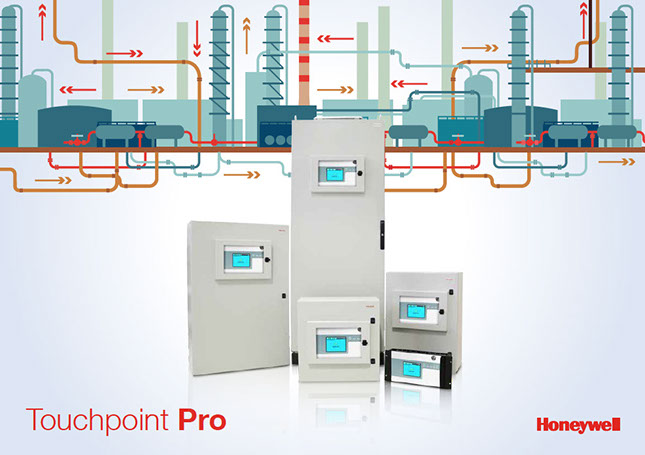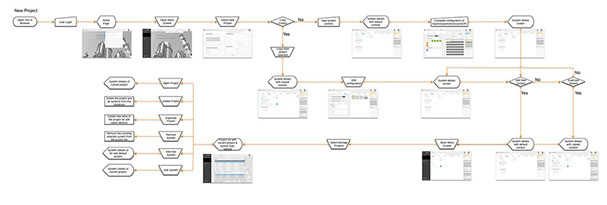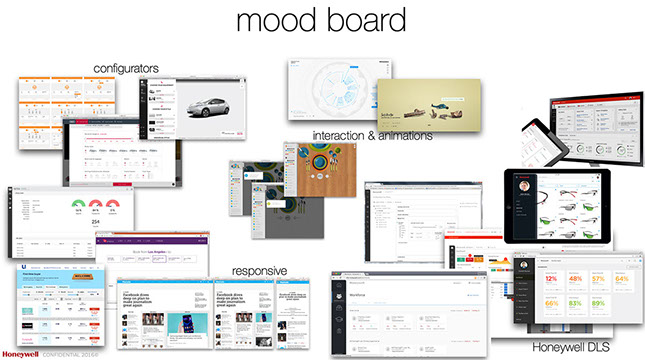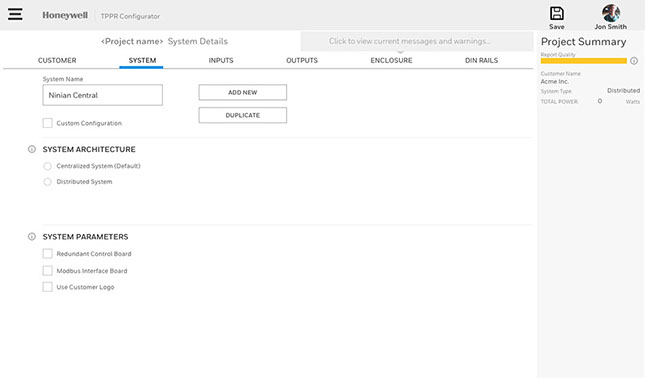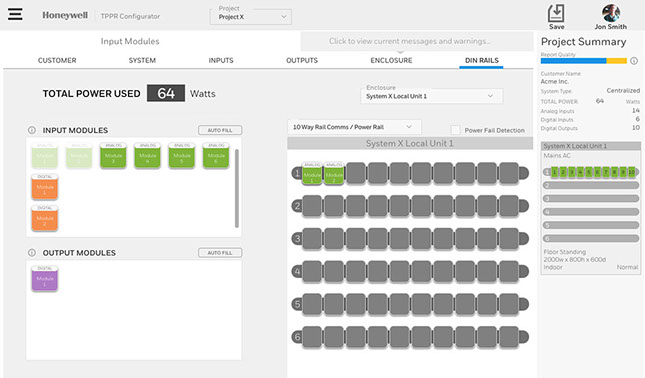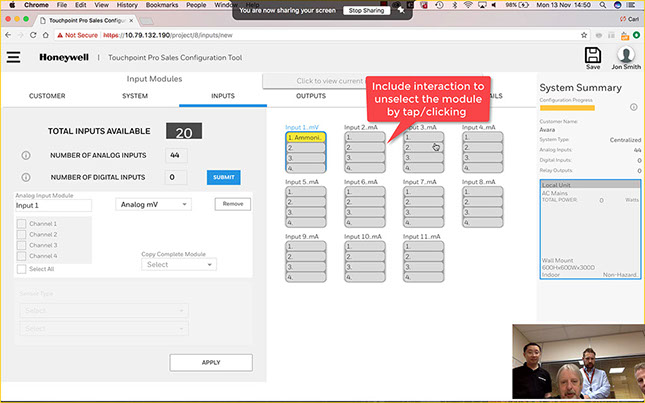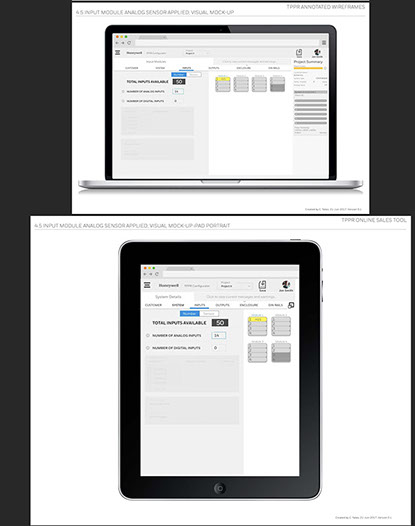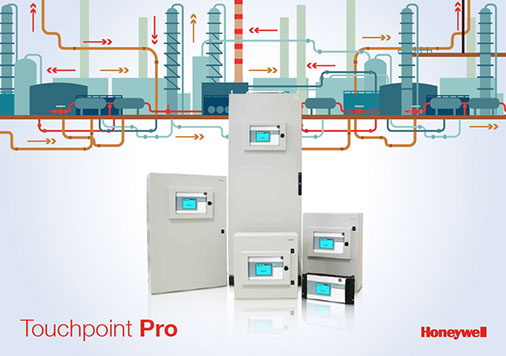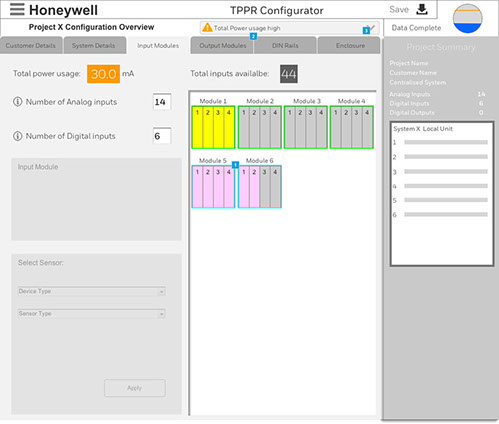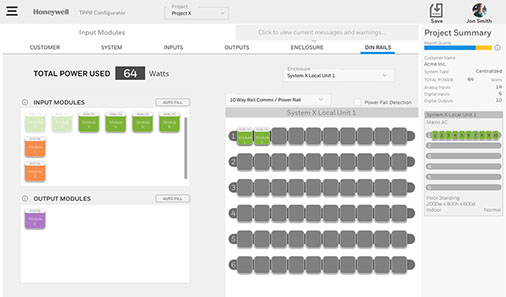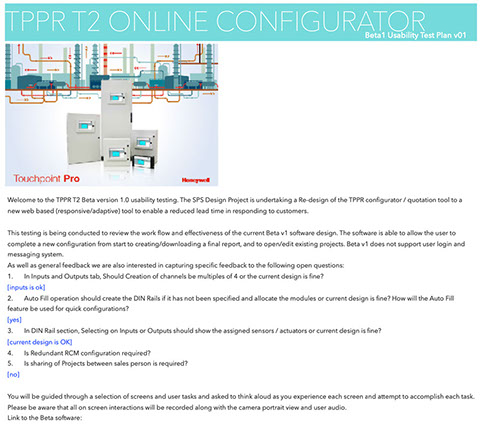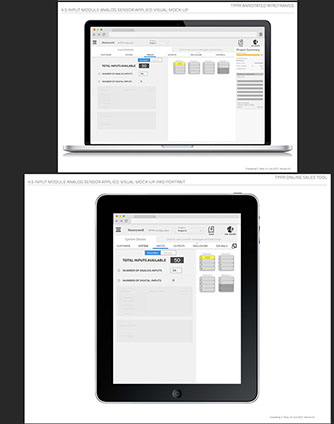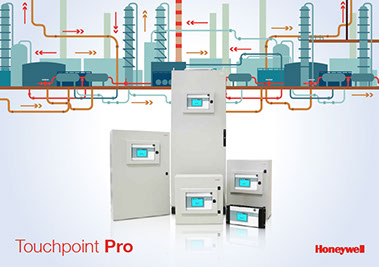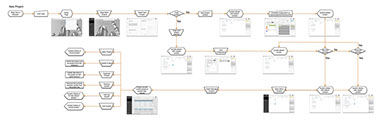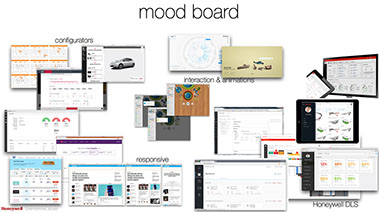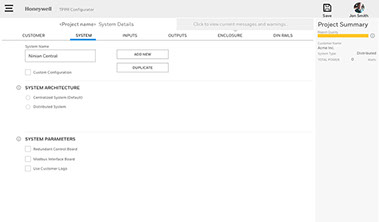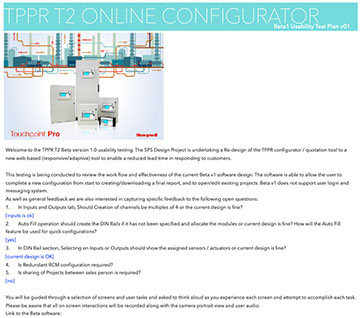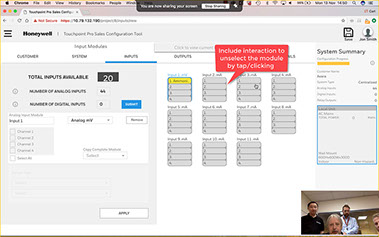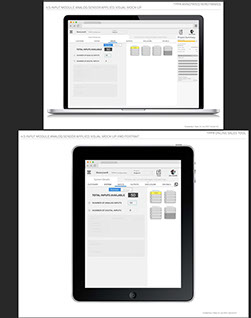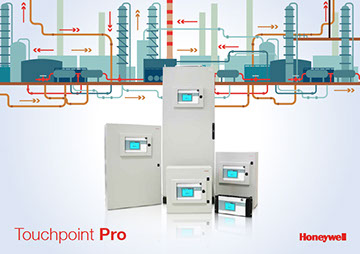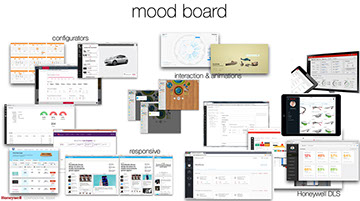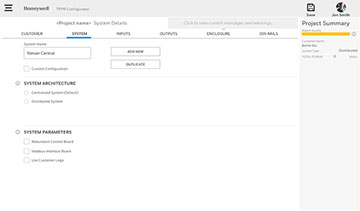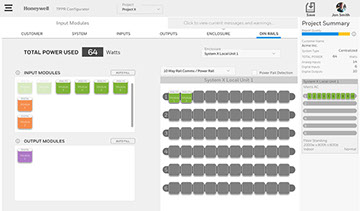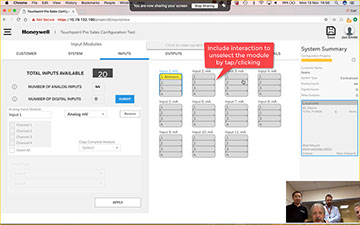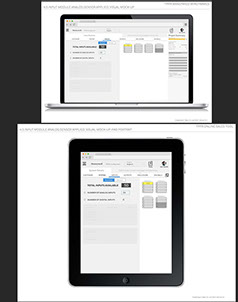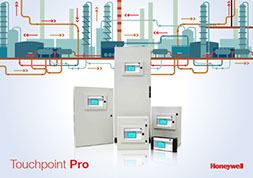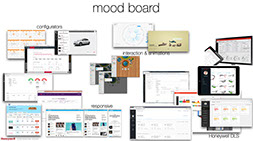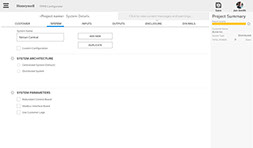ONLINE SALES CONFIGURATION TOOL
Despite having desirable customer features and highly modular solutions (enable custom build to specific requirements), sales of the Honeywell Touch Point Pro gas detection control system were not meeting targets, and channel partners were not presenting the benefits and offering the best solution to customers. Using design thinking methodology I was lead product designer to fully understand the problem, and to create and build a solution to address the issues. working with product managers, engineers, system specialists, and development team based in India.
ROLE: LEAD UX/IX DESIGNER
DESIGN PHASES: DISCOVER + DEFINE + DEVELOP
RELEASED: DEC 2017
CLIENT: HONEYWELL
PLATFORM: WEB & TABLET
DESIGN TOOLS: AXURE + SKETCH + ZEPELIN
PROTOTYPING: AXURE + INVISION
VISUAL DESIGN: ADOBE PHOTOSHOP
DISCOVERY
To understand the problem in more depth required user research and interviews with customers and different stakeholders involved; from sales people responsible for initial customer engagement to system engineers tasked with configuring the system. Whilst the sales information made the 4 step process seem simple, putting the findings into an experience map showed how complex the process was in reality and helped to high-light the key pain points and data flow issues.


A key problem area was actually created by the product itself. With it being modular and configurable to exact customer specification this extended the time taken for a sales quote to be generated following a customer visit to capture requirements, since the sales visit would only be to write down the requirements, and then this was later turned into a configuration, however if there were requirements missing or ambiguous, the sales person would potentially have to make multiple visits/calls before the final configuration and quote was provided. In some cases this could take several weeks by which time the customer had chosen a competitor solution.
A sales tool did exist to help capture the customer requirements but after talking with many of the sales people this was not being used as the sales people found it difficult to use and it was equally not liked by channel partners. The tool required a high degree of product knowledge (beyond the sales person usual needs or expectations). It also did not match the conversation and requirements capture flow the sales person had with the customer, and is it was a very linear tool, going back to early stages of configuration to add new requirements was not easy and meant that key configuration data was left out, and the tool could only be installed and run locally on the sales person laptop, preventing any cloud connectivity benefits of a quick synch with systems team, and ability to share configurations between sales people. It was clear that a new and more useful sales tool would unblock many of the issues in the sales process.

DEFINE
To bring together the different stakeholders and have a laser focus on the needs for an effective sales tool I facilitated a design sprint. To help brainstorm ideas and visualize, in a tactile way, the requirements capture and sales configuration process, I created a board game with the different aspects of the configuration options as pieces, and the blank configuration as the board. Different stakeholders were then tasked to create a given configuration and the way each approached the task was recorded and discussed.

This helped people interact with and understand the different ways sales people approached the customer conversation, and to capture the common questions, steps, and use cases in the sales configuration process. The design sprint resulted in an alternative design concept for the sales tool. This was then tested with wider population of sales team and channel partners and found to offer a significant 10x improvement in the effectiveness of the customer visit and time taken to generate a quote.


Following successful early testing, a more detailed prototype was created to capture the end-to-end flow of common use case configurations. This was further tested with the sales and channel partners in several countries (including the US, UK, EMEA), but also as the new design was based on the premise of being web based and accessible via the cloud, a version could be made available for the customer to explore and work on pre-configuration ideas. So testing of the prototype with customers was necessary to gain feedback on this idea.
The prototype was very well received by the sales team and customers loved the idea of being able to explore configuration by themselves, saying this was something our competitors did not offer. The annotated and responsive (web and tablet) designs and prototype allowed the the development team to quickly assess feasibility of the cloud based approach and to come up with the technical requirements around security (separate area for customers and sales, and sandbox solutions for each customer), user profile management, authentication, and integration to system engineering tools to speed up the end-to-end delivery process. These were then added into the design flow, screens, and documents resulting in a new browser based and platform agnostic, responsive (desktop and tablet computer) sales configuration tool that would integrate seamlessly to the system engineering build tool, allow customers exploration, and sales team to share and re-use existing customer configurations, resulting in a major uplift in product sales, and re-establishing Honeywell as thought leader in this market segment.


GALLERY
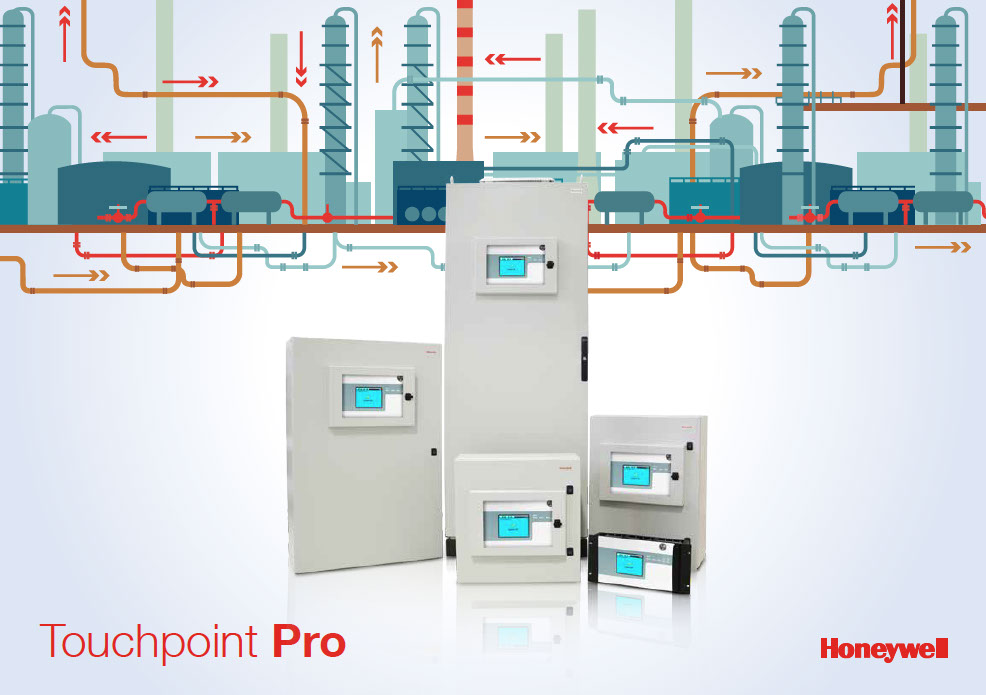
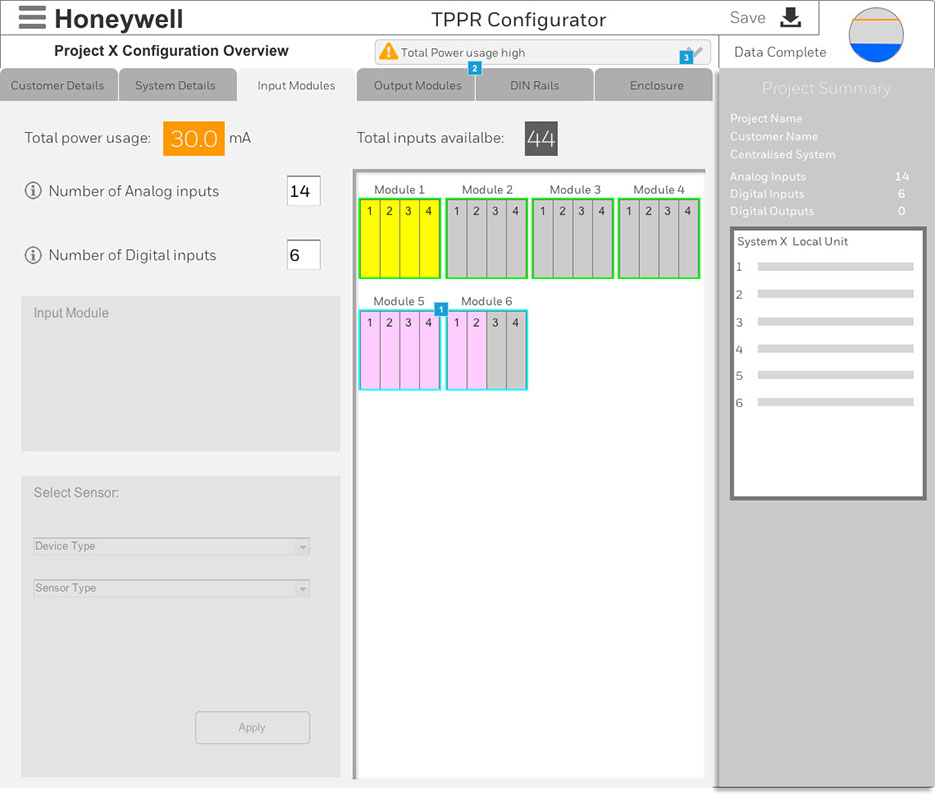
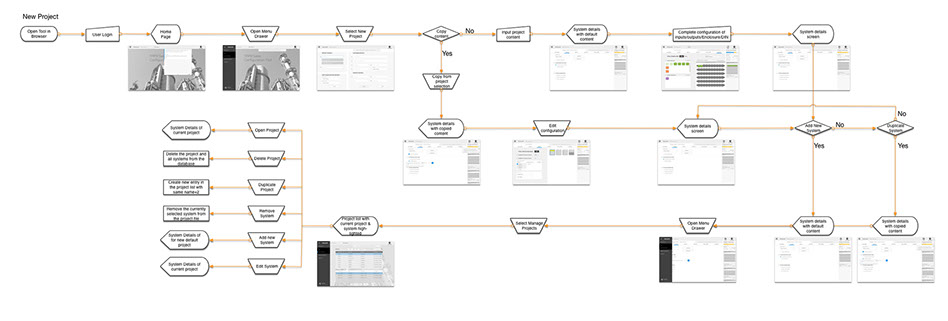
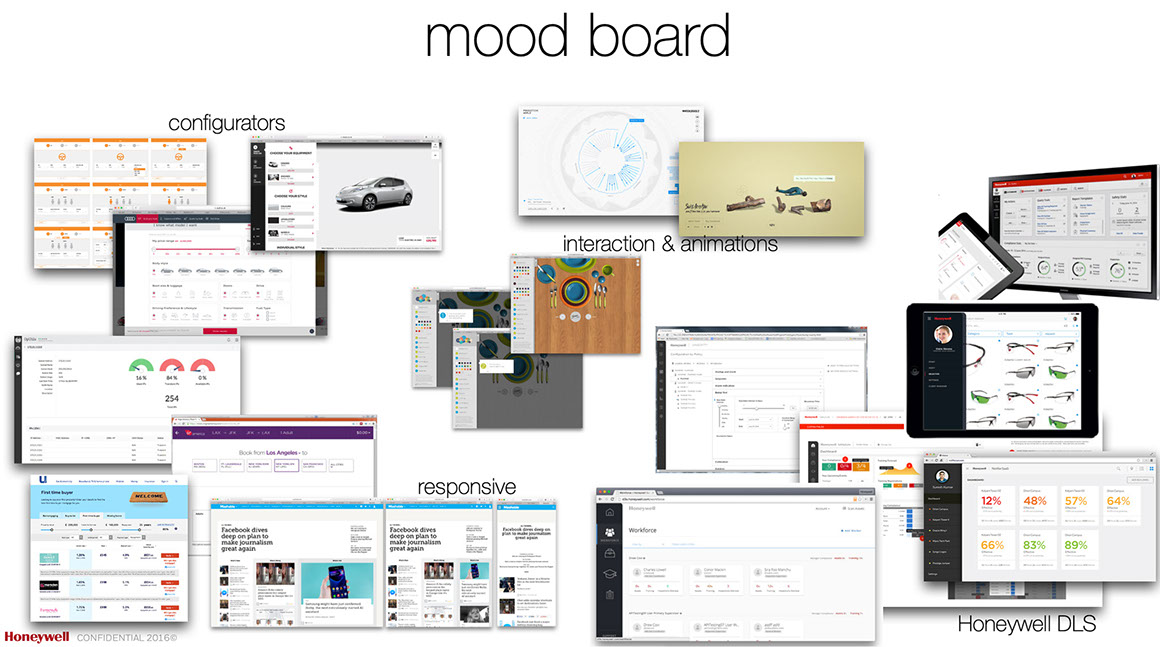
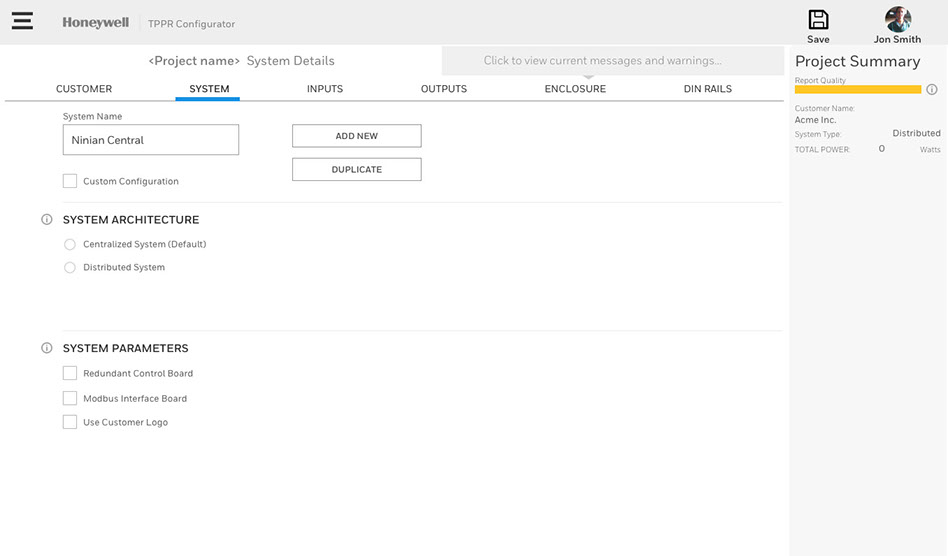


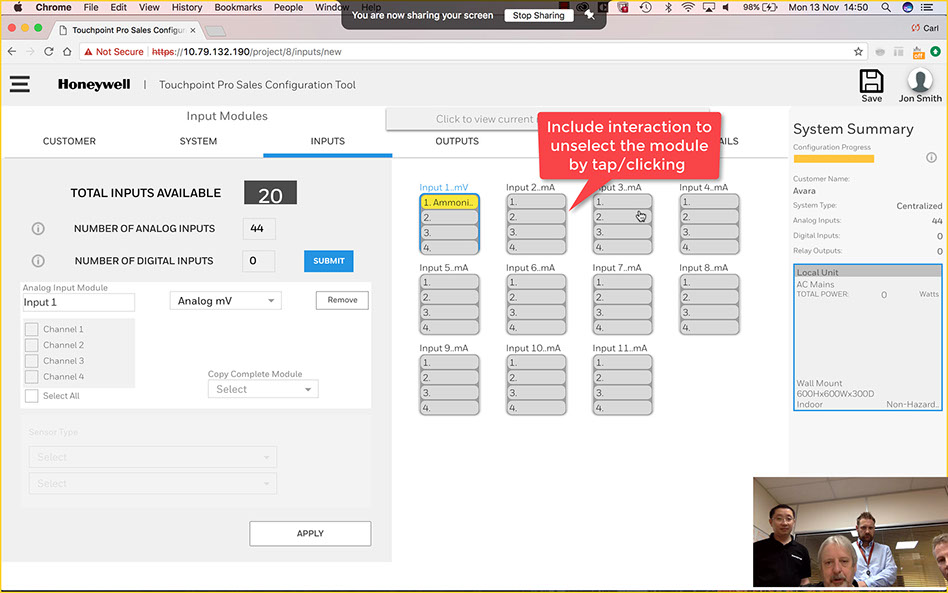
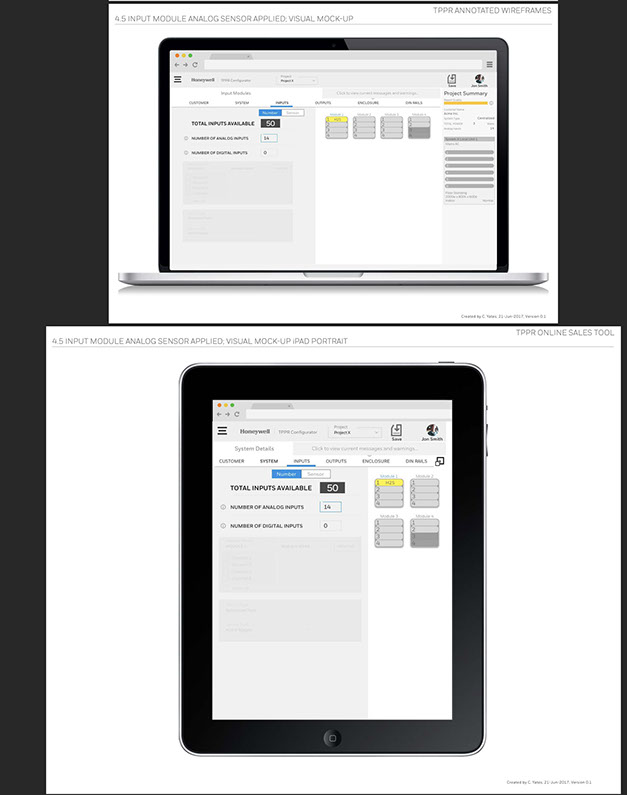









–
